Course
Completing machine learning projects can have many benefits:
- Practical experience. Undertaking such projects offers hands-on experience in applying theoretical knowledge to real-world problems, enhancing essential machine learning skills.
- Portfolio building. Completing projects allows you to create a robust portfolio, showcasing your skills and knowledge and enhancing employability in this competitive field.
- Problem solving. Projects foster innovative problem-solving and critical thinking, enabling a deeper understanding of machine learning functionalities.
- Continuous learning. The diverse nature of projects promotes exploration and continuous learning within various domains of machine learning.
Project: Building RAG Chatbots for Technical Documentation
Machine Learning Projects for Beginners
These beginner machine learning projects consist of dealing with structured, tabular data. You will apply the skills of data cleaning, processing, and visualization for analytical purposes and use the scikit-learn framework to train and validate machine learning models.
If you want to learn the basic concepts of machine learning first, we have an awesome no-code understanding machine learning course. You can also check out some of our AI projects if you're looking to improve your skills in that area.
1. Predict Energy Consumption
In the Predict Energy Consumption project, you will use regression and machine learning models to predict daily power consumption based on temporal factors like time of day and temperature. The goal is to uncover patterns that can optimize energy usage, improving efficiency and reducing costs. This is particularly important for utilities and businesses aiming to reduce operational expenses, promote energy conservation, and better manage their resources in a more sustainable way.
The Predict Energy Consumption project is a guided project, but you can replicate the objectives on a different dataset, such as Seoul's Bike Sharing Demand. Working on a completely new dataset will help you with code debugging and improve your problem-solving skills.
2. Predict Insurance Charges
In the From Data to Dollars - Predicting Insurance Charges project, you step into the role of a Data Scientist at a health insurance company. You will build a predictive model to estimate the insurance charges based on a client's attributes, such as age and health factors. This project offers a practical application of machine learning in business, enabling more accurate pricing models and helping companies manage risk while delivering personalized pricing strategies to clients.
The Predicting Insurance Charges is a guided project. You can replicate the result on a different dataset, such as the Hotel Booking Demand one. You can use it to predict whether a customer will cancel the booking or not.
3. Predic Credit Card Approvals
In the Predicting Credit Card Approvals project, you will build an automatic credit card approval application using hyperparameter optimization and Logistic Regression.
You will apply the skill of handling missing values, processing categorical features, feature scaling, dealing with unbalanced data, and performing automatic hyperparameter optimization using GridCV. This project will push you out of the comfort zone of handling simple and clean data.

Image by Author
Predicting Credit Card Approvals is a guided project. You can replicate the result on a different dataset, such as the Loan Data from LendingClub.com. You can use it to build an automatic loan approval predictor.
4. Wine Quality Prediction
You could assemble a wine quality prediction project, using a dataset of wine physicochemical properties, such as alcohol content, acidity, and sugar levels. By applying classification models, like logistic regression in scikit-learn, you can classify wines on a scale of 1-10.
This project is important for industries involved in wine production and quality control, as it enables them to consistently monitor and predict wine quality, ensuring product excellence.
5. Predictive Modeling for Agriculture
In the Predictive Modeling for Agriculture Data Science Project, you’ll build a simple crop recommendation system using supervised machine learning and feature selection. Working with four essential soil attributes: nitrogen, phosphorus, potassium, and pH. You’ll face a realistic constraint: the farmer can afford to measure only one. Your job is to identify which single feature best predicts the right crop and then train a lightweight classifier to make that recommendation reliably.
You’ll practice practical skills such as handling missing values, encoding labels, scaling features, evaluating models, and most importantly, applying and comparing two feature selection techniques to rank soil measures.
6. Store Sales
Store Sales is a Kaggle getting started competition where participants train various time series models to improve their score on the leaderboard. In the project, you will be provided with store sales data, and you will clean the data, perform extensive time series analysis, feature scaling, and train the multivariate times series model.
To improve your score on the leaderboard, you can use ensembling such as Bagging and Voting Regressors.
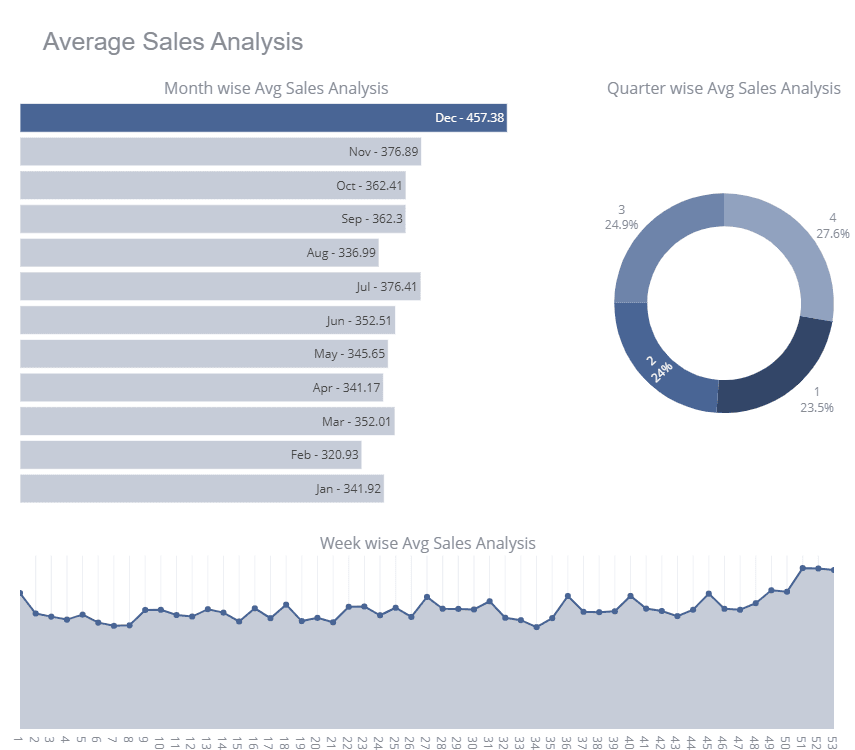
Image from Kaggle
Store Sales is a Kaggle-based project where you can look at other participants' notebooks.
To improve your understanding of time series forecasting, try applying your skill to the Stock Exchange dataset and use Facebook Prophet to train a univariate time series forecasting model.
Intermediate Machine Learning Projects
These intermediate machine learning projects focus on data processing and training models for structured and unstructured datasets. Learn to clean, process, and augment the dataset using various statistical tools.
7. Reveal Categories Found in Data
The Reveal Categories Found in Data project helps you explore customer feedback using clustering and natural language processing (NLP). You’ll organize reviews from the Google Play Store into distinct categories using K-means clustering. Understanding the common themes from customer feedback is essential for product development teams to address user pain points, improve features, and boost user satisfaction through actionable insights.
Try replicating the result on a different dataset, such as the Netflix Movie dataset.
8. Word Frequency in Moby Dick
In the Word Frequency in Moby Dick project, you will scrape the text of Herman Melville’s Moby Dick and analyze the word frequency using Python’s nltk library. This project introduces key natural language processing (NLP) techniques and helps develop an understanding of how frequently used words reveal patterns in the text. It is a great project for literature enthusiasts, historians, or researchers interested in text mining and linguistic analysis.
9. Facial Recognition with Supervised Learning
In the Facial Recognition with Supervised Learning project, you will build a facial recognition model using supervised learning techniques with Python and scikit-learn. The model differentiates between images of Arnold Schwarzenegger and other people. This project is important in the growing field of facial recognition technology, with broad applications in security, authentication systems, and even social media platforms where facial detection is commonly used.
10. What Makes a Good Book?
Build a book-popularity predictor for an online bookstore by converting mixed data, such as text (e.g., book titles and descriptions) and numerical data (e.g., ratings and counts), into effective features. You will engage in the complete machine learning workflow, which includes quick exploratory data analysis (EDA), correcting data types, transforming both text and numerical variables, and fine-tuning a model to achieve the highest possible accuracy.
You will learn how to manage messy, multi-format data and evaluate results using a clean, reusable pipeline. By the end of this process, you will be able to apply the same methods to any catalog, whether it’s your personal reading list or public datasets, to predict potential bestsellers and enhance recommendation systems.
11. Clustering Antarctic Penguin Species
In the Clustering Antarctic Penguin Species project, you use unsupervised learning to uncover natural groups of penguins without labels. You will clean a Palmer Penguins–style dataset, handle missing values, scale numeric features like bill length, bill depth, flipper length, and body mass, and optionally encode simple categorical context such as island or sex before running K-means.mass. Optionally, encode simple categorical variables like island or sex before applying K-means clustering.
You then select the number of clusters with elbow and silhouette scores, visualize structure with PCA, and compare clusters to known species for a quick sanity check.
12. Taxi Route Optimization with Reinforcement Learning
In the Taxi Route Optimization with Reinforcement Learning project, you train a Q-learning agent to solve the Taxi-v3 Gymnasium environment by learning efficient pickup and drop-off routes. You’ll build a state–action value table, balance exploration and exploitation with an epsilon-greedy policy, and tune core hyperparameters such as learning rate, discount factor, and epsilon decay to speed up convergence.

You then evaluate performance with average reward per episode and steps to completion, visualize the learning curve, and test the trained policy on unseen episodes.
13. Breast Cancer Detection
Use the Wisconsin Breast Cancer dataset to predict whether a tumor is malignant or benign. The dataset includes details about tumor features, such as texture, perimeter, and area, and your goal is to build a classification model that predicts a diagnosis based on these characteristics.
This project is essential in healthcare applications, providing valuable insights into medical data analysis and the potential for developing diagnostic tools that can aid in early cancer detection.
14. Speech Emotion Recognition with librosa
In the Speech Emotion Recognition with Librosa project, you will process sound files using Librosa, sound file, and sklearn for the MLPClassifier to recognize emotion from sound files.
You will load and process sound files, perform feature extraction, and train the Multi-Layer Perceptron classifier model. The project will teach you the basics of audio processing so that you can advance into training a deep learning model to achieve better accuracy.
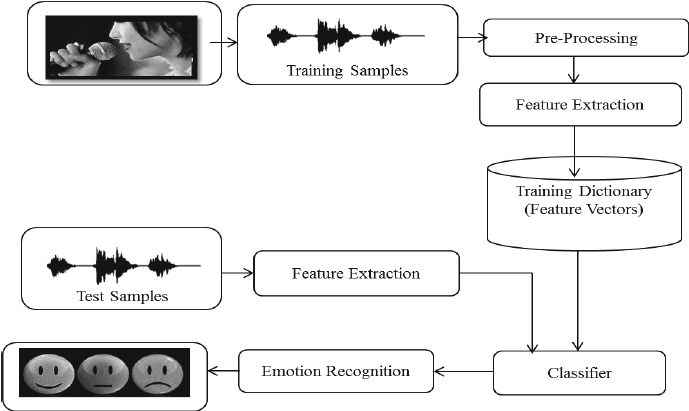
Image from researchgate.net
Advanced Machine Learning Projects
These advanced machine learning projects focus on building and training deep learning models and processing unstructured datasets. You will train convolutional neural networks, gated recurrent units, finetune large language models, and reinforcement learning models.
15. Service Desk Ticket Classification with Deep Learning
In the Service Desk Ticket Classification with Deep Learning project, you build a PyTorch text classifier that automatically routes incoming tickets to the right category. You'll clean and tokenize text, create train and validation splits, turn tickets into vector representations, and train a compact neural model while tuning batch size, learning rate, and regularization for stable convergence.
You then evaluate with accuracy and weighted F1, inspect a confusion matrix to spot mislabeled or overlapping categories, and apply techniques for class imbalance such as weighted loss.
16. Build Rick Sanchez Bot Using Transformers
In the Build Rick Sanchez Bot Using Transformers project, you will use DialoGPT and the Hugging Face Transformer library to build your AI-powered chatbot.
You will process and transform your data, build and fine-tune Microsoft’s Large-scale Pretrained Response Generation Model (DialoGPT) on the Rick and Morty dialogue dataset. You can also create a simple Gradio app to test your model in real-time: Rick & Morty Block Party.
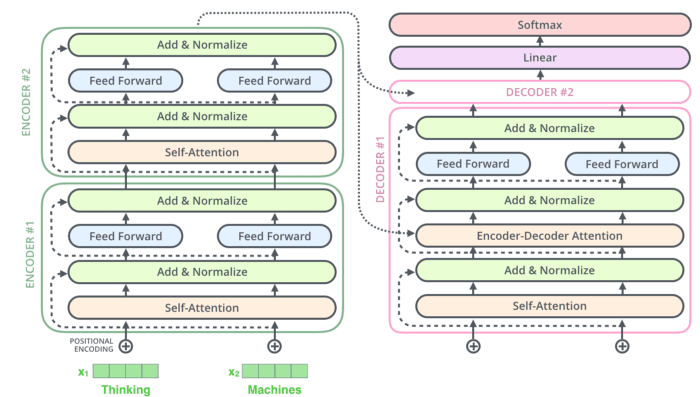
17. Building an E-Commerce Clothing Classifier Model with Keras
The Building an E-Commerce Clothing Classifier Model with Keras project focuses on image classification in the context of e-commerce. You will use Keras to build a machine learning model that automates clothing classification based on images. This is relevant for improving the shopping experience by helping customers find products faster and streamlining inventory management. Accurate classification also supports personalized recommendations, boosting customer engagement and sales.
18. Detect Traffic Signs with Deep Learning
In the Detect Traffic Signs with Deep Learning project, you will use Keras to develop a deep learning model capable of detecting traffic signs, such as stop signs and traffic lights. This technology is critical for autonomous vehicles, where quick and accurate recognition of road signals is essential for safe navigation. This project lays the groundwork for developing more advanced, safe, and reliable self-driving vehicle systems.
19. Building a Demand Forecasting Model
In the Building a Demand Forecasting Model project, you use PySpark to predict e-commerce product demand at scale. You’ll load transactional data, engineer time-based features like lags and rolling means, split by time for honest evaluation, and train a baseline alongside a learning model such as Gradient-Boosted Trees or Random Forest to capture trends and seasonality.
You then evaluate with MAE, RMSE, and MAPE, compare against the baseline, and analyze errors by SKU and time window to spot bias and volatility.
20. Predicting Temperature in London
In the Predicting Temperature in London project, you run a structured ML experiment to forecast mean daily temperature from historical weather data. You’ll load and clean the dataset, create time-aware splits, engineer features such as rolling means and lagged values, and train several candidate models using scikit-learn.

You then orchestrate the workflow with reusable functions and track everything in MLflow, logging parameters, metrics, and artifacts to compare runs.
21. Reinforcement Learning for Connect X
Connect X is a simulation competition by Kaggle. Build an RL (Reinforcement Learning) agent to compete against other Kaggle competition participants.
You will first learn how the game works and create a dummy functional agent for a baseline. After that, you will start experimenting with various RL algorithms and model architectures. You can try building a model on Deep Q-learning or Proximal Policy Optimization algorithm.
Machine Learning Projects for Final Year Students
The final year project requires you to spend a certain amount of time producing a unique solution. You will research multiple model architecture, use various machine learning frameworks to normalize and augment the datasets, understand the math behind the process, and write a thesis based on your results.
22. Multi-Lingual ASR With Transformers
In the Multi-Lingual ASR model, you will fine-tune the Wave2Vec XLS-R model using Turkish audio and transcription to build an automatic speech recognition system.
First, you will understand the audio files and text dataset, then use a text tokenizer, extract features, and process the audio files. After that, you will create a trainer, WER function, load pretrained models, tune hyperparameters, and train and evaluate the model.
You can use the Hugging Face platform to store the model weights and publish web apps to transcript speech in real-time: Streaming Urdu Asr.
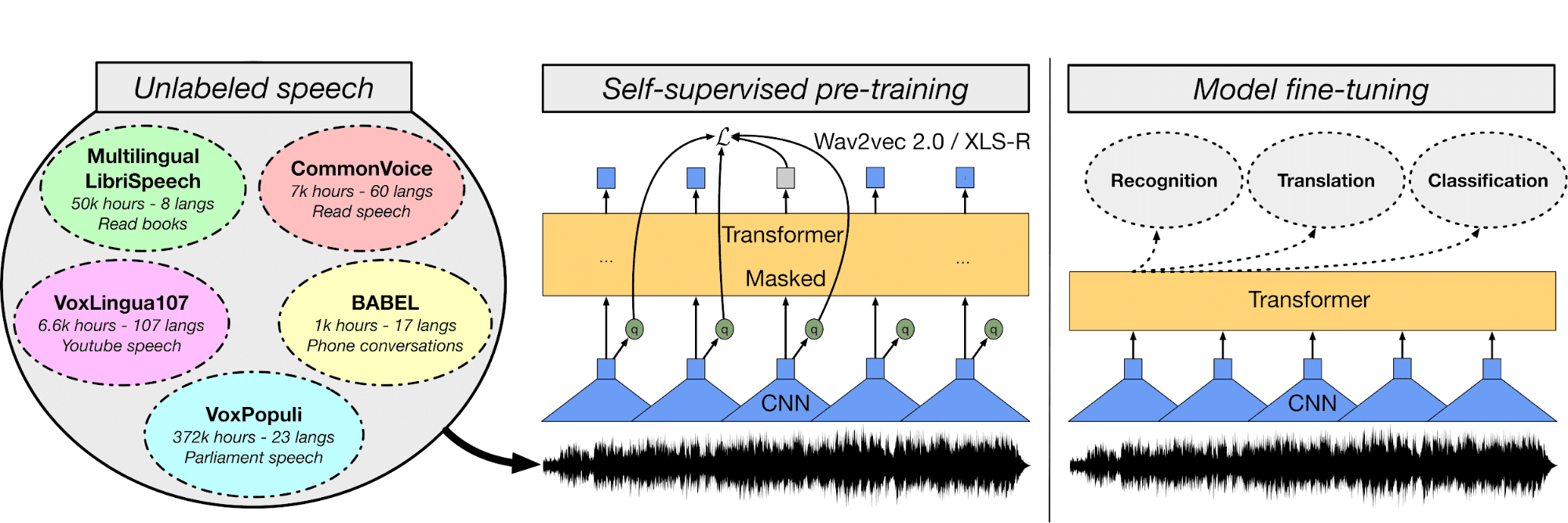
Image from huggingface.co
23. One Shot Face Stylization
In the One Shot Face Stylization project, you can either modify the model to improve the results or finetune JoJoGAN on a new dataset to create your stylization application.
It will use the original image to generate a new image using GAN inversion and fine-tuning a pre-trained StyleGAN. You will understand various generative adversarial network architects. After that, you will start collecting a paired dataset to create a style of your choice.
Then, with the help of a sample solution of the previous version of StyleGAN, you will experiment with the new architect to produce realistic art.

Image was created using JoJoGAN
24. H&M Personalized Fashion Recommendations
In the H&M Personalized Fashion Recommendations project, you will build product recommendations based on previous transactions, customer data, and product metadata.
The project will test your NLP, CV (Computer Vision), and deep learning skills. In the first few weeks, you will understand the data and how you can use various features to come up with a baseline.
Then, create a simple model that only takes the text and categorical features to predict recommendations. After that, move on to combining NLP and CV to improve your score on the leaderboard. You can also get better at understanding the problem by reviewing community discussions and code.

Image from H&M EDA FIRST LOOK
25. Analyzing Customer Support Calls
In the Analyzing Customer Support Calls project, you build an end-to-end pipeline that turns raw audio into insights. You will transcribe calls with an automatic speech recognition model, clean and segment text, run sentiment analysis, and extract entities such as products, plans, locations, and names. You will also index transcripts with embeddings to enable fast semantic search across conversations.
You then evaluate transcription quality and model performance, cluster themes to reveal common call drivers, and surface highlights like negative sentiment spikes or escalation keywords.
26. Monitoring A Financial Fraud Detection Model
In the Monitoring A Financial Fraud Detection Model project, you act as a post-deployment data scientist for a UK bank, diagnosing why a live fraud model is slipping. You will load production predictions and outcomes, track core metrics like precision, recall, PR-AUC, and calibration, and visualize performance over time to spot degradation. You will also slice by channel, region, and customer segment to find where false positives or false negatives are concentrated.
You then test for data and concept drift using distribution checks and stability indices, inspect feature importance shifts, and use explainability tools to compare current vs. baseline behavior.
27. Reinforcement Learning Agent for Atari 2600
In the MuZero for Atari 2600 project, you will build, train, and validate the reinforcement learning agent using the MuZero algorithm for Atari 2600 games. Read the tutorial to understand more about the MuZero algorithm.
The goal is to build a new or modify existing architecture to improve the score on a global leaderboard. It will take more than three months to understand how the algorithm works in reinforcement learning.
This project is math-heavy and requires you to have Python expertise. You can find proposed solutions, but to achieve top rank in the world, you have to build your solution.
28. MLOps End-To-End Machine Learning
The MLOps End-To-End Machine Learning project is necessary for you to get hired by top companies. Nowadays, recruiters are looking for ML engineers who can create end-to-end systems using MLOps tools, data orchestration, and cloud computing.
In this project, you will build and deploy a location image classifier using TensorFlow, Streamlit, Docker, Kubernetes, cloudbuild, GitHub, and Google Cloud. The main goal is to automate building and deploying machine learning models into production using CI/CD. For guidance, read Machine Learning, Pipelines, Deployment, and MLOps tutorial.

Image from Senthil E
Machine Learning Projects for Portfolio Building
For building your machine learning portfolio, you need projects that stand out. Show the hiring manager or recruiter that you can write code in multiple languages, understand various machine learning frameworks, solve unique problems using machine learning, and understand the end-to-end machine learning ecosystem.
29. Fine-Tuning GPT-OSS
In the Fine-Tuning GPT-OSS project, you will install dependencies, load the model and tokenizer, define a clear prompt style with the Harmony Python package, and run a quick baseline inference to confirm everything works end to end.
You then prepare a medical Q&A dataset with Harmony formatting, configure training, and fine-tune the model, followed by a post-tuning evaluation to measure improvements.
30. Fine-Tuning MedGemma on a Brain MRI Dataset
In the Fine-Tuning MedGemma on a Brain MRI Dataset project, you adapt the MedGemma 4B multimodal model, SigLIP image encoder, plus a medical-tuned LLM, to classify brain MRI scans. You’ll set up the environment on RunPod, install required Python packages, load and clean an MRI dataset, and prepare inputs with consistent resizing, normalization, and label mapping before running a quick sanity-check inference.
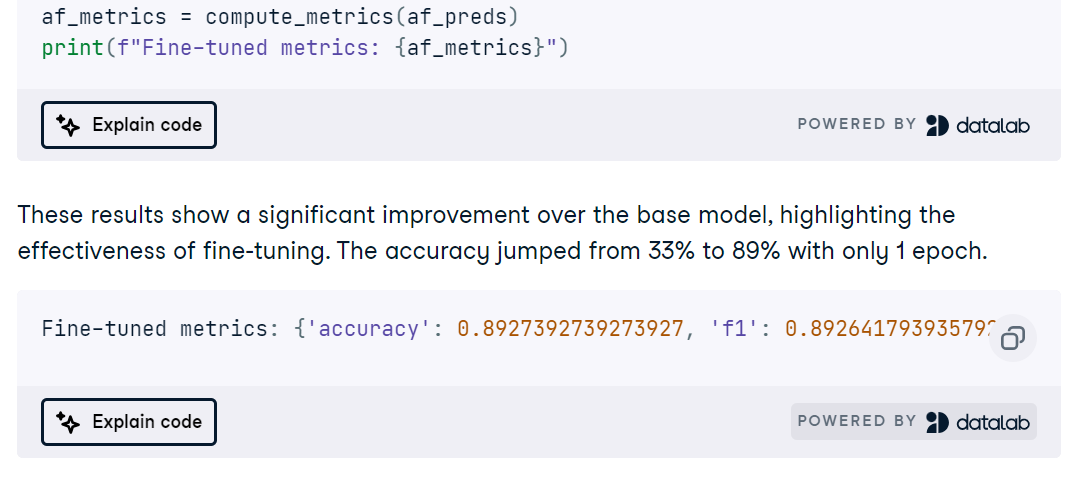
You then fine-tune MedGemma on the MRI task, track training curves, and evaluate with accuracy, ROC AUC, precision, recall, and confusion matrices to spot failure modes.
31. Fine-tuning Stable Diffusion XL with DreamBooth and LoRA
In the Fine-tuning Stable Diffusion XL with DreamBooth and LoRA project, you set up SDXL in Python with Diffusers, load the FP16 base model and VAE on a CUDA GPU, and generate images from short prompts. You will explore quick quality boosts with the SDXL refiner, compare outputs, and use a simple grid utility to review multiple generations side by side.
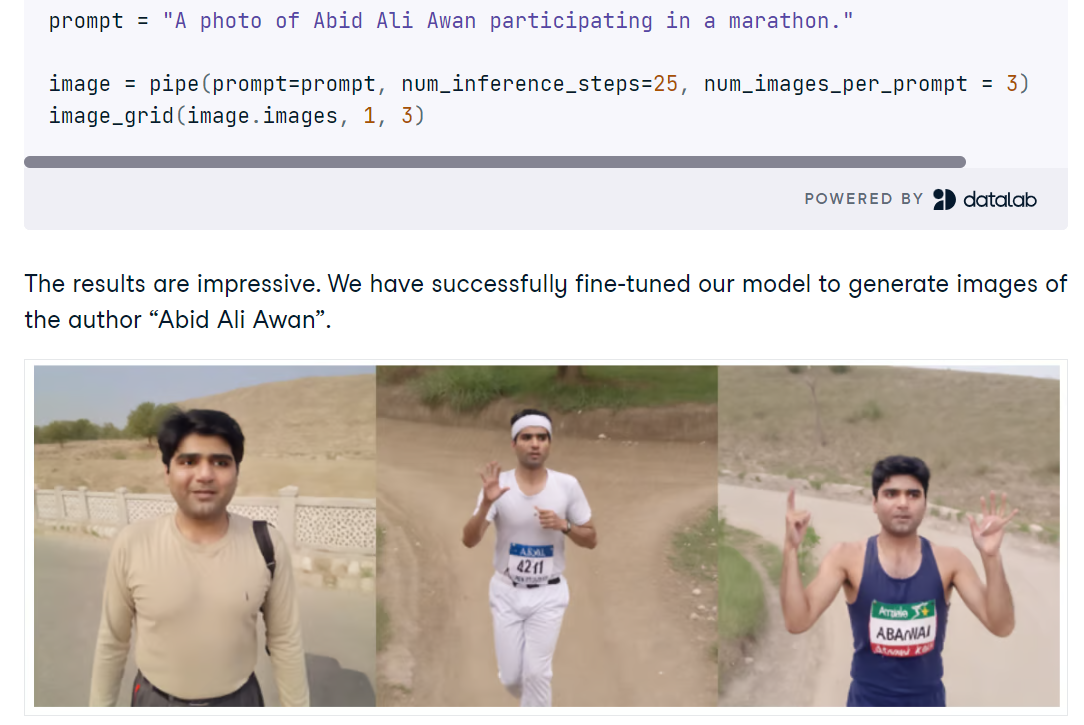
You then fine-tune SDXL on a small set of personal photos using AutoTrain Advanced with DreamBooth, producing a compact LoRA adapter instead of a full checkpoint for fast, memory-efficient inference. After training, you attach the LoRA weights to the base pipeline, test new prompts, and evaluate when the refiner helps or harms identity fidelity.
32. Song Generation with Latent Diffusion
In the Song Generation with Latent Diffusion project, you set up an open-source diffusion music model to generate complete songs from either text style prompts or a reference audio clip. You will install via Conda or Docker, prepare the environment (espeak-ng, phonemizer paths on Windows), and run the provided inference scripts to create tracks with the base or full checkpoints, enabling chunked decoding when VRAM is tight.

You then explore features such as song continuation and editing, compare arrangements across prompts, and document settings for reproducibility. By the end, you have a practical pipeline for end-to-end music creation.
33. Deploying a Machine Learning Application to Production
In the Deploying a Machine Learning Application to Production project, you build a fully automated ML pipeline with GitHub Actions that trains, evaluates, versions, and deploys a simple drug-classification model. You set up the repo structure and Makefile, add environment setup, linting, unit tests, and data checks, then script reproducible training and evaluation runs that log metrics and artifacts.
You then wire continuous integration to trigger on pull requests and main pushes, publish model artifacts with CML and Hugging Face CLI, and promote a passing model to deployment via continuous deployment workflows.
How to Start a Machine Learning Project?
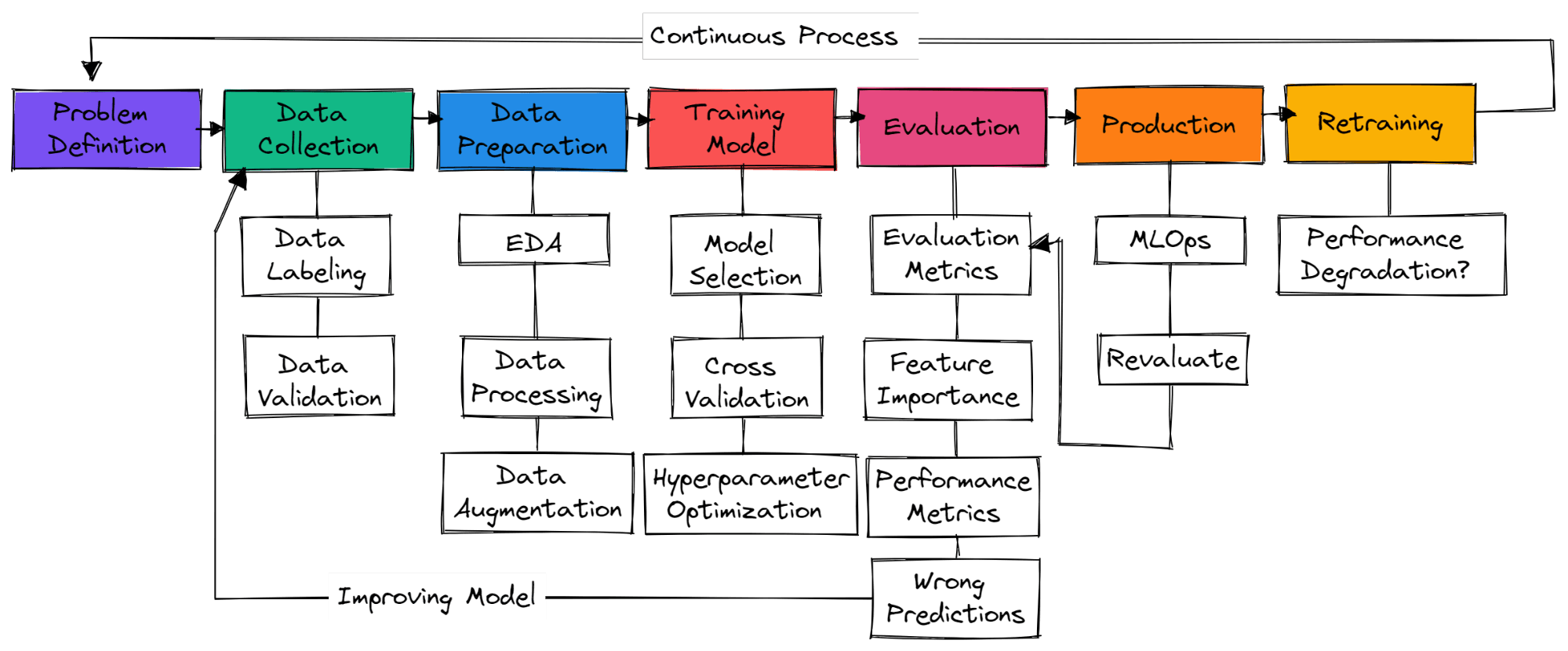
Image by Author
There are no standard steps in a typical machine learning project. So, it can be just data collection, data preparation, and model training. In this section, we will learn about the steps required to build the production-ready machine learning project.
Problem definition
You need to understand the business problem and come up with a rough idea of how you are going to use machine learning to solve it. Look for research papers, open source projects, tutorials, and similar applications used by other companies. Make sure your solution is realistic, and data is easily available.
Data collection
You will be collecting data from various sources, cleaning and labeling it, and creating scripts for data validations. Make sure your data is not biased or contains sensitive information.
Data preparation
Fill missing values, clean, and process data for data analysis. Use visualization tools to understand the distribution of data and how you can use features to improve the model performance. Feature scaling and data augmentation are used to transform data for a machine learning model.
Training model
selecting neural networks or machine learning algorithms that are commonly used for specific problems. Training model using cross-validation and using various hyperparameter optimization techniques to get optimal results.
Model evaluation
Evaluating the model on the test dataset. Make sure you are using the correct model evaluation metric for specific problems. Accuracy is not a valid metric for all kinds of problems. Check the F1 or AUC score for classification or RMSE for regression. Visualize model feature importance to drop features that are not important. Evaluate performance metrics such as model training and inference time.
Make sure the model has surpassed the human baseline. If not, get back to collecting more quality data and start the process again. It is an iterative process where you will keep training with various feature engineering techniques, mode architects, and machine learning frameworks to improve the performance.
Production
After achieving state of the art results it is time to deploy your machine learning model to production/cloud using MLOps tools. Monitor the model on real-time data. Most models fail in production, so it is a good idea to deploy them for a small subset of users.
Retrain
If the model fails to achieve results, you will go back to the drawing board and come up with a better solution. Even if you achieve great results, the model can degrade with time due to data drift and concept drift. Retraining new data also makes your model adapt to real-time changes.
Become an ML Scientist
Supporting Your Team's Growth with DataCamp for Business
While individual projects are essential for personal skill development, organizations also need to ensure their teams are well-equipped to handle the complexities of data analytics. DataCamp for Business offers tailored solutions that help companies upskill their employees in data science, analytics, and machine learning. With access to a vast library of interactive courses, custom learning tracks, and real-world projects, teams can advance their skills in data ingestion, cleaning, manipulation, visualization, and predictive analytics—all key areas highlighted in this blog.
Whether you're a small startup or a large enterprise, DataCamp for Business provides the tools to upskill, reskill, and create a data-driven culture to stay competitive in today's market. You can request a demo today to learn more.
Conclusion
Starting a machine learning project can help you gain practical experience, enhance your portfolio, and develop critical problem-solving skills. The projects we've covered can not only bridge the gap between theory and practice but also open avenues for your continuous learning and innovation.
By engaging with diverse datasets and complex challenges, you can build a solid foundation in machine learning, positioning yourself for success in both academic and professional arenas. Whether you are a beginner or an advanced learner, each project you undertake brings you closer to mastering the art and science of machine learning. Get started on your journey today with our Machine Learning Scientist with Python skill track.
FAQs
What are the 3 key steps in a machine learning project?
Data preparation, feature engineering, and model selection/training. The key steps can differ from project to project. In deep learning projects, it is data processing, model selection, and model validation.
How do you start an AI/ML project?
- Understand business problems and how machine learning can help solve it.
- Make sure you have the required quality data for training.
- Cleaning and processing the data.
- Understand your data by reviewing a business case study and performing data analytics to understand the distribution.
- Defining model and business performance metrics.
- Model selection and training.
- Model validation and retraining.
- Implementing MLOps (Machine Learning Operations)
- Deploying the model to production.
Is machine learning hard?
Yes. To get hired as a machine learning engineer, you need to master multiple programming languages, understand machine learning and deep learning algorithms, and learn advanced math to improve the model architecture.
You will also learn about the operation side of things, such as MLOps, cloud computing, active learning, experiment tracking, dashboarding, CI/CD, and testing the models on real data.
Is Python good for machine learning?
Yes, it is popular among machine learning practitioners and researchers.
- It is easy to learn and read.
- Modern machine learning tools are based on Python
- It has a massive supportive community
- Multiple Integrations with other languages and tools.
- You can perform almost all of the tasks from data analytics to web development.
Can I learn machine learning without coding?
Yes, but you will be limited in achieving state-of-the-art results. Coding your machine learning model gives you control over data, parameters, model architecture, system performance, and model validation.
The no-code tools are getting better in providing good results on average data, but if you want to get hired, you need to learn the basics and learn to create the whole ecosystem from scratch.
Is machine learning a good career?
Yes, machine learning is an amazing career that allows you to learn and contribute to the evolution of artificial intelligence. The demand is high among developed countries, and on average, in the USA, you can get $111,139+ per year. Read our guide on how to become a machine learning engineer.
Are there any other projects that might be relevant to me?
We have many projects that are suitable for all kinds of interests and skill levels. Check out our:
ur:
Are there FREE resources to practice Machine Learning?
Yes! If you are a university teacher or student, you can use DataCamp Classrooms to get our entire course/exercise catalog for FREE.


